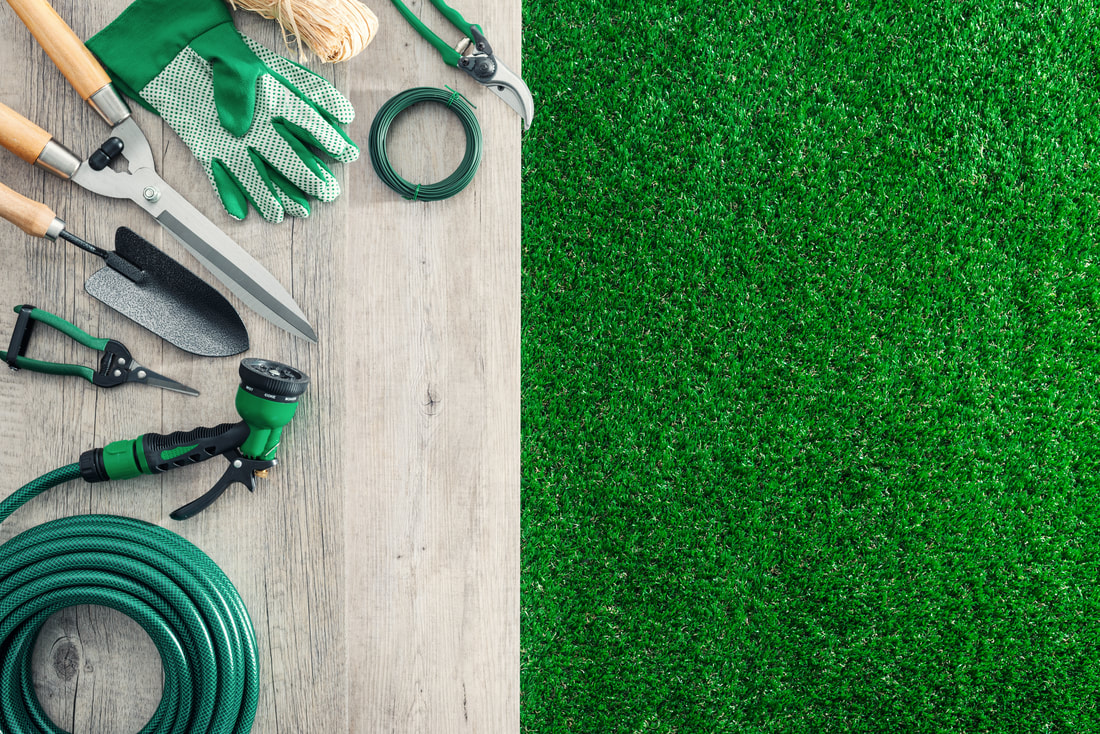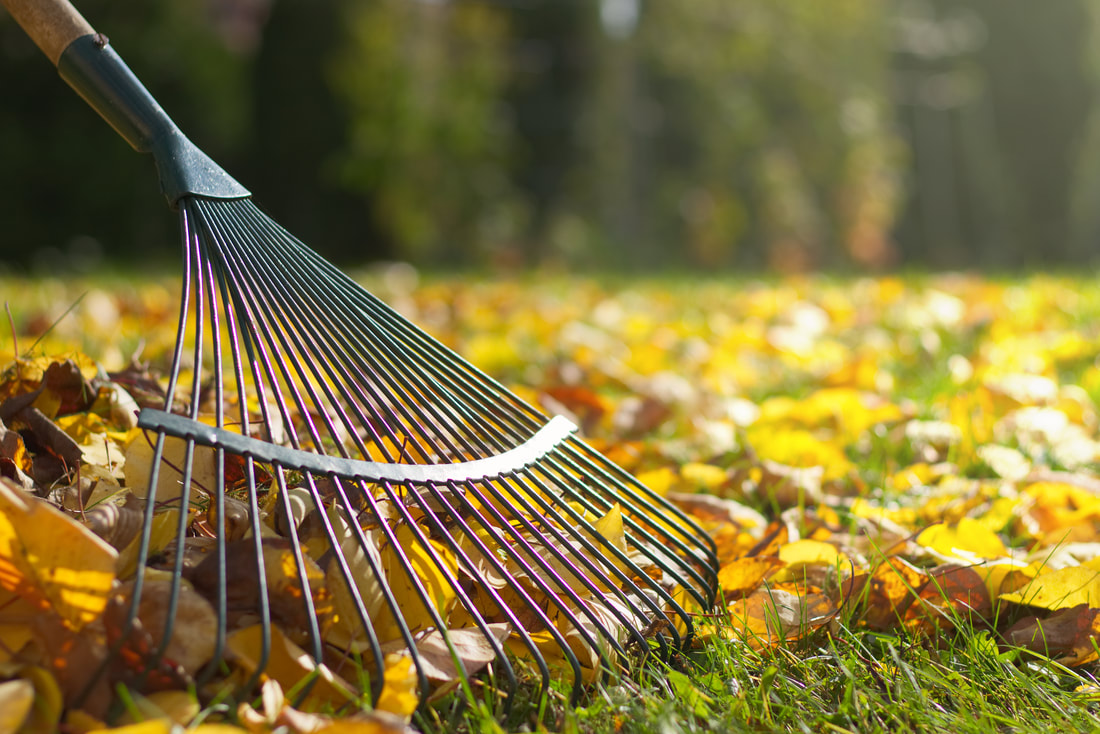|
1. Do your weeding and mulching in the fall so you'll have less work to do in the spring. Your garden will then be ready for the new plants you'll crave after reading the plant catalogs.
2. Start composting, if you haven't already. Chop up your leaves with the lawn mower and make a pile. Next spring the pile will be ready as compost. You can also use the chopped up leaves as mulch in the fall around your plants to keep down winter weeds and conserve water. Avoid covering plant stems with mulch, as this can lead to disease or pest damage. 3. For cool season grasses such as fescue, September is the best month to seed, top dress with compost, core aerate, and fertilize, if necessary. Be sure to read herbicide labels carefully regarding the exact timing between seeding and applying weed control products. 4. Fall is the best time to plant trees, shrubs and perennials. By planting in the fall, your plants are not exposed to heat stress during establishment and have time to form sufficient root systems before the onset of winter dormancy. Remember to water them well to provide sufficient moisture to get them established. 5. Leave dried seed pods on your plants such as coneflower, goldenrod, milkweed and sun flowers for the birds who visit your garden during the winter. 6. Wait until healthy plants are dormant to do most of your pruning. In Hampton Roads, early fall pruning often promotes vigorous re-growth. This can prevent some species from hardening off by winter, leading to possible cold damage. Dead, diseased or damaged wood can be pruned anytime. 7. Fall is the best time to plant cool-season vegetables such as spinach, lettuce, kale, and radish. Soak seed furrows well before sowing seed and mulch lightly. Water the rows daily to promote germination and growth of seedlings. Plant your lettuce and parsley in a pot near the house for easy harvesting. 8. Spruce up your containers with some cold-hardy ornamental grasses (Pennisetum, small Miscanthus), Heuchera (Coral Bells), Acorus (Sweet Flag), Carex (Sedge), Sedum, Oxalis, and Teucrium (Germander). Tuck in some winter annuals such as pansies or violas for some additional color in fall that will last through the spring. Be sure to keep the soil moist to help them through the winter. 9. Check out garden centers for bargain-priced perennials. In late fall, garden centers need to make room for Christmas trees and winter greens. Perennials won't be in bloom, but with trimming and good watering they will make it in your garden at a discount. 10. Wait until early spring to prune hollow-stemmed perennials. During the winter water can collect in the stems, freeze, and kill the plant. September
November
|
AuthorDebi Edwards Categories |
|
Virginia Cooperative Extension is a partnership of Virginia Tech, Virginia State University, the U.S. Department of Agriculture, and local governments. Its programs and employment are open to all, regardless of age, color, disability, gender, gender identity, gender expression, national origin, political affiliation, race, religion, sexual orientation, genetic information, military status, or any other basis protected by law.
|
Master Gardener Help Desk
|


